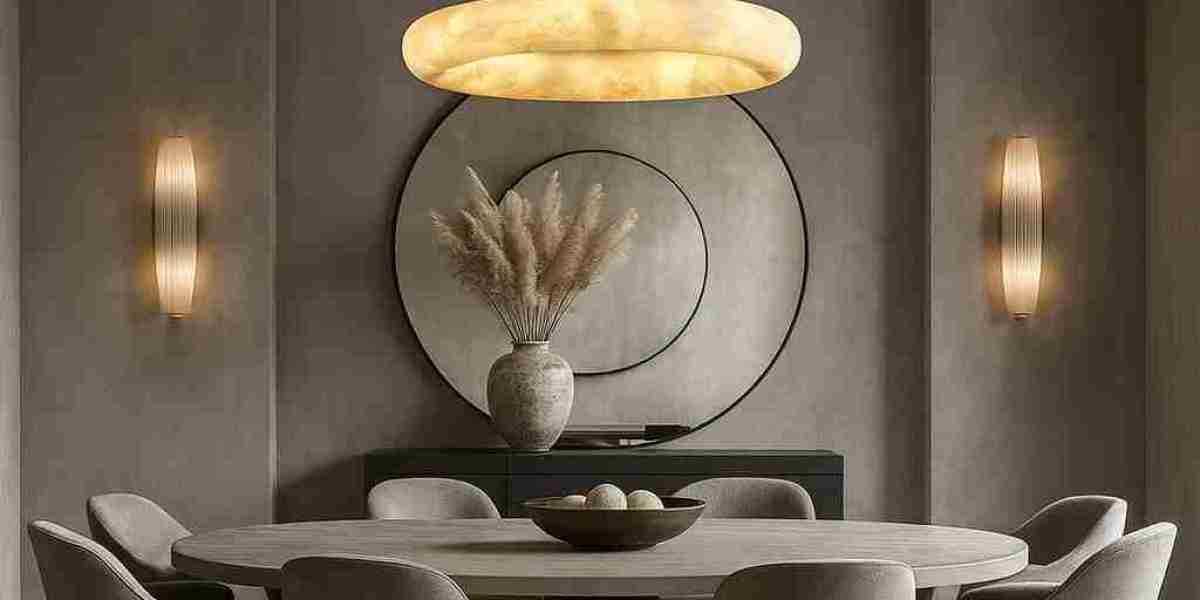The Marble Authentication Guide
Test 1: The Veining Pattern (The "Uniqueness" Factor)
Real Marble: The veining is random, imperfect, and extends uniquely throughout the entire piece. Look closely at the edges—the pattern should continue into the sides, not just sit on the surface.
Faux Marble: The pattern often looks too uniform or repetitive. On curved surfaces, the veining might stop abruptly or look blurry, as it's typically printed or cast. This lack of natural chaos is a clear giveaway.
Test 2: The Temperature Test (The "Cool" Factor)
Real Marble: Natural stone is an excellent thermal conductor, meaning it will always feel cool to the touch, even in a warm room. If you place your hand on a section of a marble chandelier, it will draw the heat from your hand quickly.
Faux Marble: Resin or acrylic will quickly warm up to the ambient room temperature. This is the quickest way to distinguish it from the real deal, which maintains its signature cool feel.
Test 3: The Weight Test (The "Heft" Factor)
Real Marble: It is incredibly dense and heavy. A genuine marble chandelier will require substantial mounting hardware—much more than a similar-sized modern chandelier made of metal or glass.
Faux Marble: It will feel noticeably lighter. If the piece is the size you'd typically see over a large dining room table but can be lifted easily, it’s likely a substitute material.
Test 4: The Edge Test (The "Detail" Factor)
Real Marble: The edges are usually softened, finished by a stone cutter, and may show subtle micro-chips from the carving process.
Faux Marble: Edges often look too perfect, sometimes with a slightly plasticky or uniform seam where two pieces meet.
Summary
When purchasing a marble chandelier, trust the stone's natural properties. The cool temperature, unique veining, and substantial weight of genuine marble are reliable indicators of quality and investment value.




